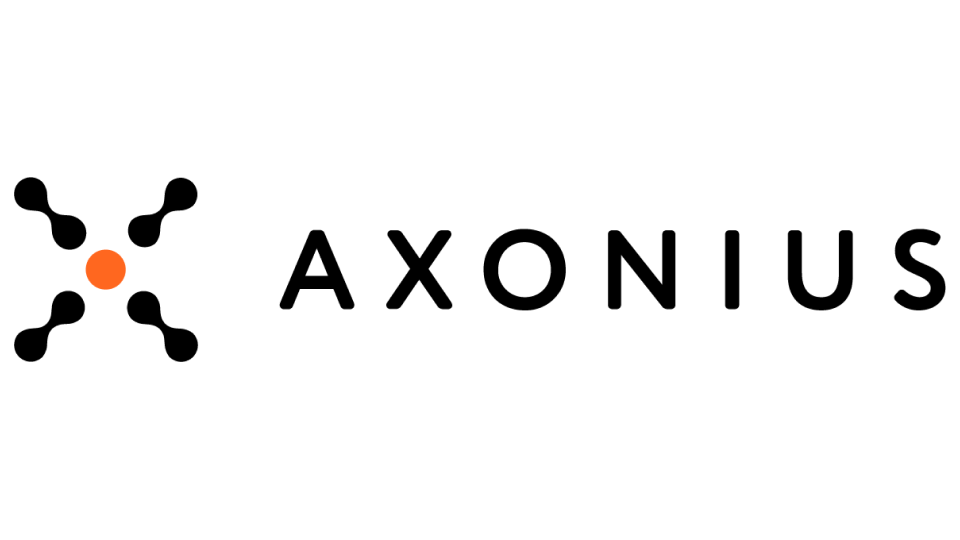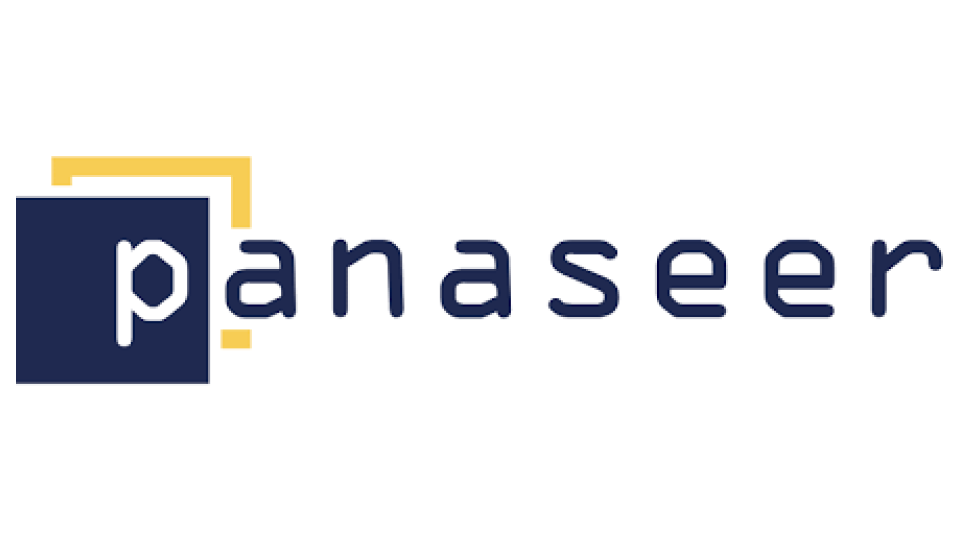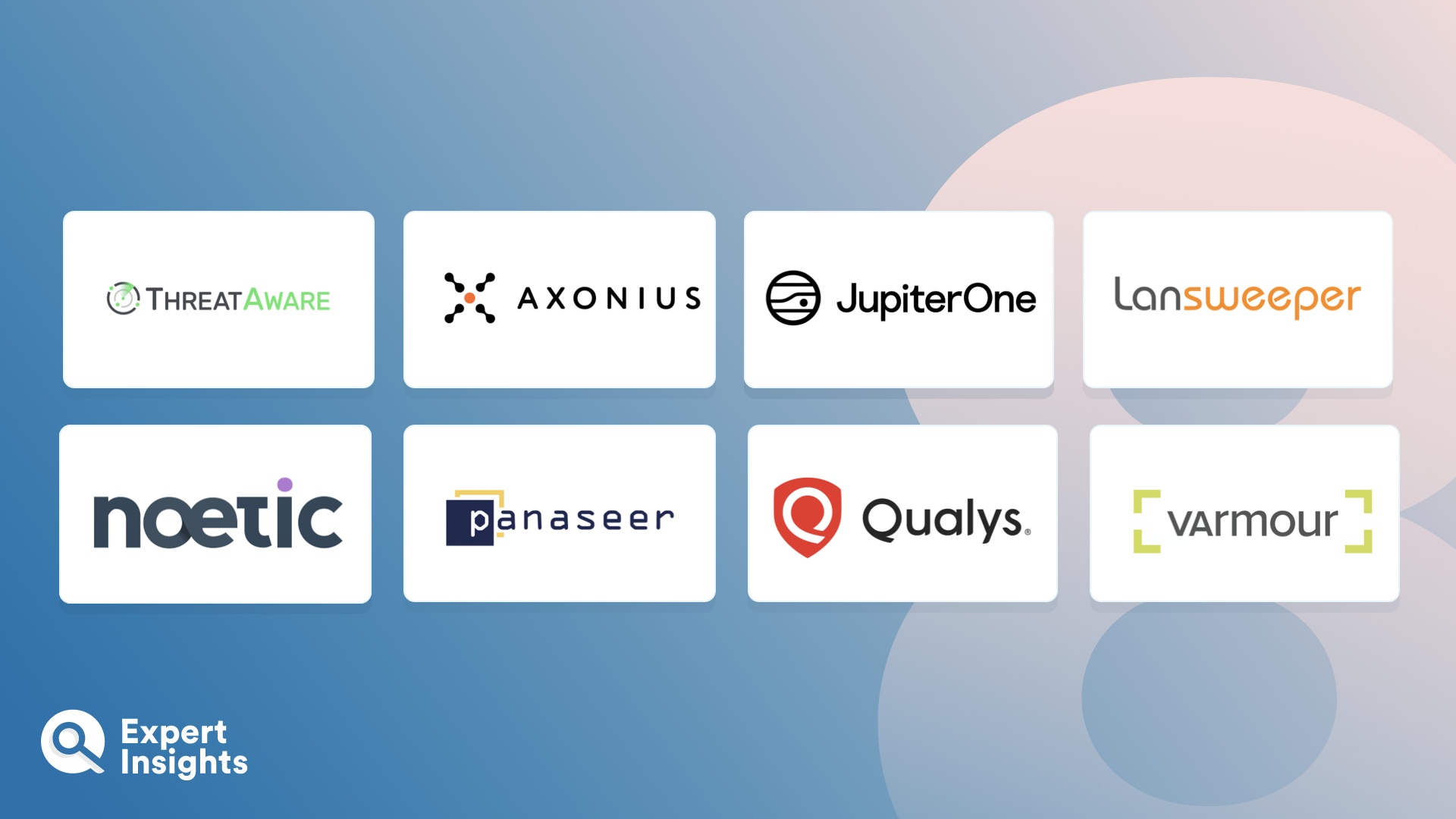Everything You Need To Know About CAASM (FAQs)
What Is CAASM?
Almost two-thirds of organizations say that they have blind spots in their digital environments that hamper their security, yet 24% are still mapping their systems manually. This not only makes managing the attack surface incredibly cumbersome, it also increases the likelihood of a vulnerability being missed.
Cyber Asset Attack Surface Management solutions, more commonly known as “CAASM” solutions, audit an organization’s cyber assets—discovering and classifying them—to provide increased visibility over them. As well as cataloging what is on your network, CAASM tools can log an asset’s relationships with another, its usage, and its security status. For example, they can identify which hardware, software, and cloud assets are outdated or unpatched, and which have encryption issues or misconfigurations. This enables the organization to identify their most vulnerable assets and adjust their security infrastructure as needed to protect them.
To achieve this, CAASM tools offer API-based integrations with a wide range of other IT tools that provide information about business risk, such as endpoint security, vulnerability management patch management, and ticketing tools. The CAASM solution then aggregates the data from these various feeds to provide a comprehensive, consolidated, and near real-time view of the entire IT environment. This eliminates blind spots and enables IT teams to identify where all their data is residing and monitor it continuously, via a single pane of glass.
How Do CAASM Solutions Work?
CAASM solutions integrate with cloud and on-premises internal data sources that collect data on assets such as endpoints, servers, devices, and applications. They then aggregate the data produced by these different feeds and present it in one comprehensive, easy-to-manage overview. This makes it much easier for IT teams to identify security vulnerabilities, and to ensure that all their assets are up to date and patched, without having to manually collect and reconcile asset data themselves.
CAASM solutions usually offer out-of-the-box integrations with widely adopted or popular technologies that will enable them to present a holistic view of an organization’s asset landscape. These tools include:
- Endpoint security tools
- Vulnerability management tools
- Patch management tools
- Asset discovery tools
- IT asset management tools
- Ticketing systems
Some CAASM solutions also enable admins to define internal policies and industry frameworks. These expectations can be compared with an organization’s environment to flag any areas where standards aren’t being met.
What Are The Benefits Of A CAASM Solution?
There are five key benefits to implementing a CAASM solution:
1. Increase visibility: CAASM solutions provide a near real-time, comprehensive view of an organization’s asset inventory and the status of those assets in terms of security and compliance. By ingesting data from multiple internal feeds, CAASM solutions enable businesses to discover and consolidate all their asset data—including data stores, access policies, security controls, and even vulnerability and patch analysis. This also makes it easier for businesses to keep on top of shadow IT—these are systems that are deployed by departments or individuals, rather than centrally, without the approval of the IT department. This can introduce vulnerabilities as these technologies aren’t secured by the IT team. CAASM solutions make it possible to identify shadow IT and remove, or secure and manage these vulnerable systems.
2. Use IT resources more efficiently: It takes an average of 89 person hours to manually collect, process, and analyze the data of a single cyber asset inventory. That’s a lot of time that could be better spent on remediating vulnerabilities in your security posture. With CAASM, this data is collected, aggregated, and deduplicated automatically. This not only saves time and resources, but also mitigates the risk of human error causing mistakes in the asset data collected. Some CAASM tools offer automated workflows for certain remediation actions, such as updating or patching assets. This can also help save IT teams valuable time that could be better spent identifying and managing more complex issues.
3. Improve security: With the increased visibility that CAASM provides, IT and security teams can quickly identify gaps in their assets’ security postures and remediate them. This results in an overall higher baseline security hygiene and posture. You can ensure that all security tools are implemented effectively, and in the most appropriate places.
4. Accelerate incident response: As well as identifying and remediating vulnerabilities, effective CAASM solutions will help IT teams to determine the “blast radius” of a potential attack. This is achieved through understanding the relationships between digital assets and calculating the impact if one of these systems were to be compromised. This intelligence can be used to improve your existing security posture and inform where future security efforts should be focused. This allows organizations to limit the damage caused by a cyberattack.
5. Streamline audits and compliance reporting: The strongest CAASM tools automate the discovery of your cyber assets, as well as offering automated remediation workflows. By aligning these workflows with relevant regulatory framework, you can ensure that your assets are in line with defined policies for security and compliance purposes. By visualizing an organization’s security tool coverage, a CAASM solution can also help you quickly identify any records that might be displaying outdated or missing data. Finally, by automatically collecting this compliance data, a CAASM solution can greatly reduce the time it takes your IT team to complete an audit. This helps you monitor and manage compliance drift across your entire asset landscape.
Does Your Business Need CAASM?
Not every organization will need a CAASM solution. However, they can prove very useful if:
- You’re a large organization or you have a complex environment that comprises a mixture of cloud, on-prem, and hybrid assets
- You find it difficult to compile a comprehensive list of all the assets in your environment—including endpoints, servers, applications, and IoT devices
- You’re using manual processes, such as a shared spreadsheet, to classify and track your assets
- You want to be able to predict—and minimize—the “blast radius” in the event of a security incident
What Features Should You Look For In A CAASM Solution?
All CAASM tools offer a slightly different feature set, but there are some features that every CAASM tool should offer. Here are the key features you should look for when comparing CAASM solutions:
1. Automatic Asset Discovery And Inventory
A strong CAASM solution will automatically discovery and inventory all assets on your network. Some tools will only monitor traditional, managed assets, leaving non-traditional assets—like IoT devices—undiscovered and vulnerable. So, it’s important to check before investing that your chosen solution will monitor all the asset types you have on your network. You should also consider how your organization might scale over the coming years to ensure that new digital infrastructure can be accounted for.
The asset inventory should include information on each asset, including:
- Software/hardware version
- Open ports
- Relationships between assets
- How assets are being used and by whom
This list should be updated in as close to real-time as possible—this is only possible through continuous monitoring of your network and effective integration with existing security tools. This data should also be deduplicated and presented graphically to help you quickly identify security and compliance gaps.
Finally, the inventory should be easy to access and navigate.
2. Wide Range Of Integrations
Integrations are an essential factor in how a CAASM solution can perform. The more integrations a solution offers, the more assets you’ll be able to discover and the more holistic a view you’ll be able to obtain of your environment.
It’s important to make sure that your chosen CAASM tool offers out-of-the-box integrations with the endpoint security, vulnerability management, and patch management tools that you’re already using. This will make it easier to deploy, as well as giving you better visibility.
3. Robust Search Functionality
Once discovered and inventoried, a CAASM solution should categorize your assets to make them easier to search. This could include categories such as asset type or attack vector. You should also be able to customize your inventory according to your organization’s specific needs. If, for example, your primary focus is on securing personally identifiable information (PII), your CAASM solution should allow you to automatically monitor and easily find assets that create, store, or consume PII. The best CAASM solutions also offer strong natural language search functionality that can help you answer questions you may have about your asset inventory and the security posture of your assets. For example, if you search for “mobile devices”, you should be able to see all the data your inventory stores on mobile endpoints.
There are a lot of existing network security tools on the market, many of which offer features that overlap with CAASM solutions. Let’s take a look at some of their similarities and differences.
CAASM Vs. EASM
External Attack Surface Management (EASM) tools help businesses minimize their attack surface by discovering and monitoring external, internet-facing assets. In doing so, they can help businesses to identify and manage infrastructure-based vulnerabilities across their IT landscape. However, EASM tools don’t give organizations any visibility into what’s happening within their environment.
CAASM tools, on the other hand, use API integrations to consolidate all asset data—they identify internal and external, cloud-based and on-prem assets. This gives organizations a more complete view of their asset landscape.
CAASM Vs. AASM
Like EASM, Application Attack Surface Management (AASM) tools, also known as API Attack Surface Management tools, only offer visibility into part of an organization’s environment: software applications. While this is useful, CAASM solutions enable security teams to have a single, consolidated view of all their assets within the wider context of their digital environment.
CAASM vs. CCM
Continuous Controls Monitoring (CCM) tools audit the controls in transactional applications, such as financial apps, helping to reduce business loss by identifying when certain controls or processes are underperforming or failing. To do this, CCM aggregates data from a wider range of feeds than CAASM does.
CAASM tools commonly integrate with endpoint security, vulnerability management, and patch management tools. CCM tools offer these integrations, as well as integrating with identity and access management, privileged access management, security awareness training, application security, and cloud security tools.















